
Senior writer Tina Hesman Saey is a geneticist-turned-science writer who covers all things microscopic and a few too big to be viewed under a microscope. She is an honors graduate of the University of Nebraska-Lincoln where she did research on tobacco plants and ethanol-producing bacteria. She spent a year as a Fulbright scholar at the Georg-August University in Göttingen, Germany, studying microbiology and traveling. Her work on how yeast turn on and off one gene earned her a Ph.D. in molecular genetics at Washington University in St. Louis. Tina then rounded out her degree collection with a master’s in science journalism from Boston University. She interned at the Dallas Morning News and Science News before returning to St. Louis to cover biotechnology, genetics and medical science for the St. Louis Post-Dispatch. After a seven year stint as a newspaper reporter, she returned to Science News. Her work has been honored by the National Academies of Sciences, Engineering and Medicine, the Endocrine Society, the Genetics Society of America and by journalism organizations.

Trustworthy journalism comes at a price.
Scientists and journalists share a core belief in questioning, observing and verifying to reach the truth. Science News reports on crucial research and discovery across science disciplines. We need your financial support to make it happen – every contribution makes a difference.
All Stories by Tina Hesman Saey
-
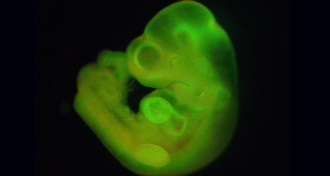 Life
LifeAcid-bath method for making stem cells under fire
No one has been able to reproduce a new technique for creating stem cells called STAP cells, leading some researchers to call for the retraction of the original research papers.
-
 Health & Medicine
Health & MedicineMeaty diets may raise risk of dying young
Reducing protein consumption can lengthen life and improve health, studies in mice and people suggest.
-
 Health & Medicine
Health & MedicineExperimental drug no Methuselah formula
Compound lets mice live healthier lives but doesn't extend life span.
-
 Health & Medicine
Health & MedicineProject to collect 100,000 people’s medical data
Tracking microbiomes, blood tests and more over decades could provide individual health recommendations.
-
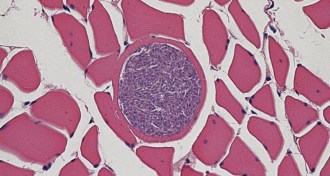 Ecosystems
EcosystemsArctic melting may help parasites infect new hosts
Grey seals and beluga whales encounter killer microbes as ranges change.
-
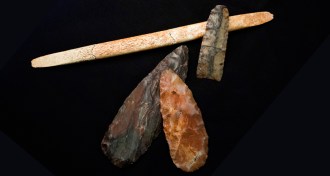 Humans
HumansClovis baby’s genome unveils Native American ancestry
DNA from skeleton shows all tribes come from a single population.
-
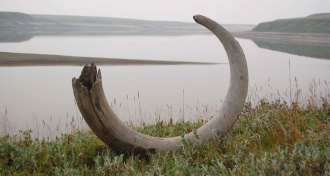 Genetics
GeneticsWhen flowers died out in Arctic, so did mammoths
Genetic analysis finds vegetation change in the Arctic around same time as megafauna extinction.
-
 Genetics
GeneticsBacteria can be genetically tricked into self-destructing
Manipulating microbes’ defenses could lead to targeted antibiotics.
-
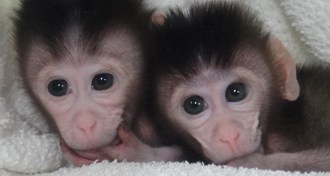 Genetics
GeneticsMonkeys born with edited genes
A DNA-snipping technique inspired by bacteria shows therapeutic promise.
-
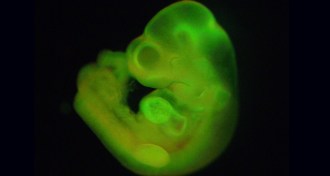 Life
LifeA little acid or a tight squeeze can turn a cell stemlike
Stresses send mouse cells into primordial state capable of making any tissue.
-
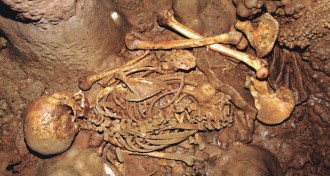 Genetics
GeneticsStone Age Spaniard had blue eyes, dark skin
Genetics of 7,000-year-old skeleton suggests blond hair, pale skin came later.
-
 Life
LifeHow to tell good gut microbes from bad
Researchers sort out influences of specific bacteria on body fat, the immune system.